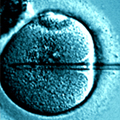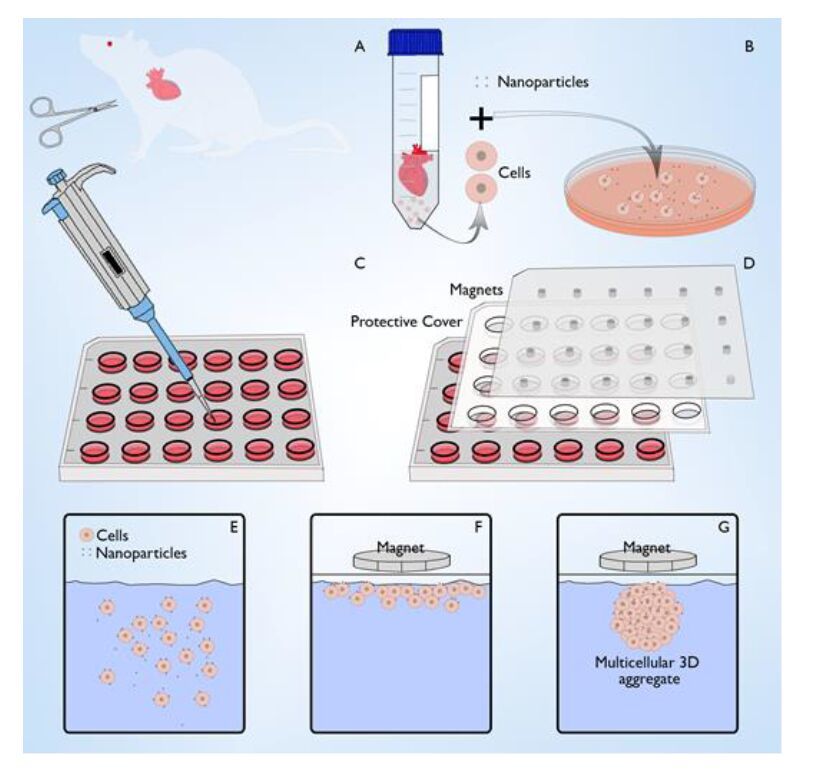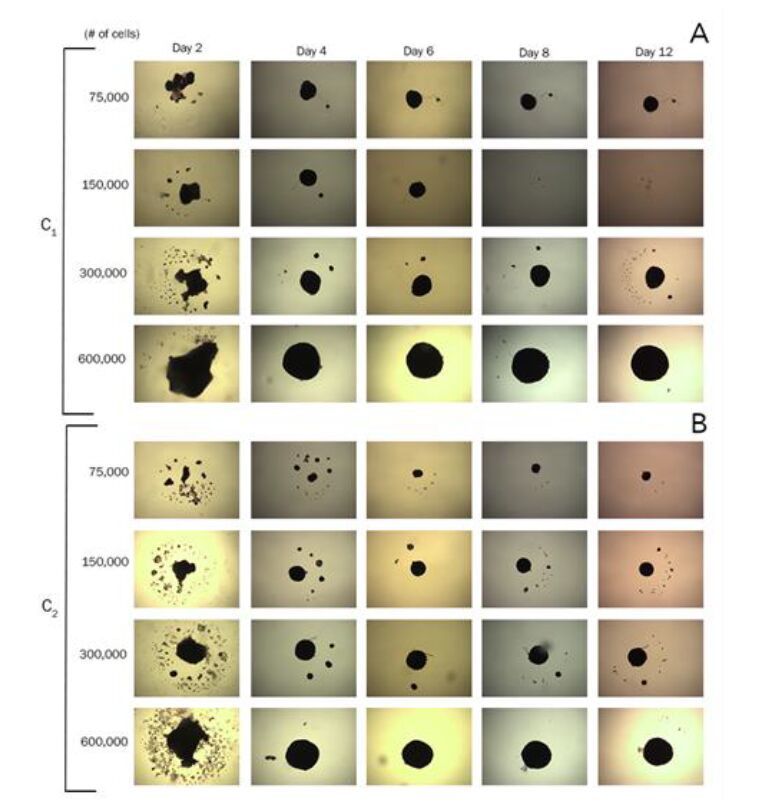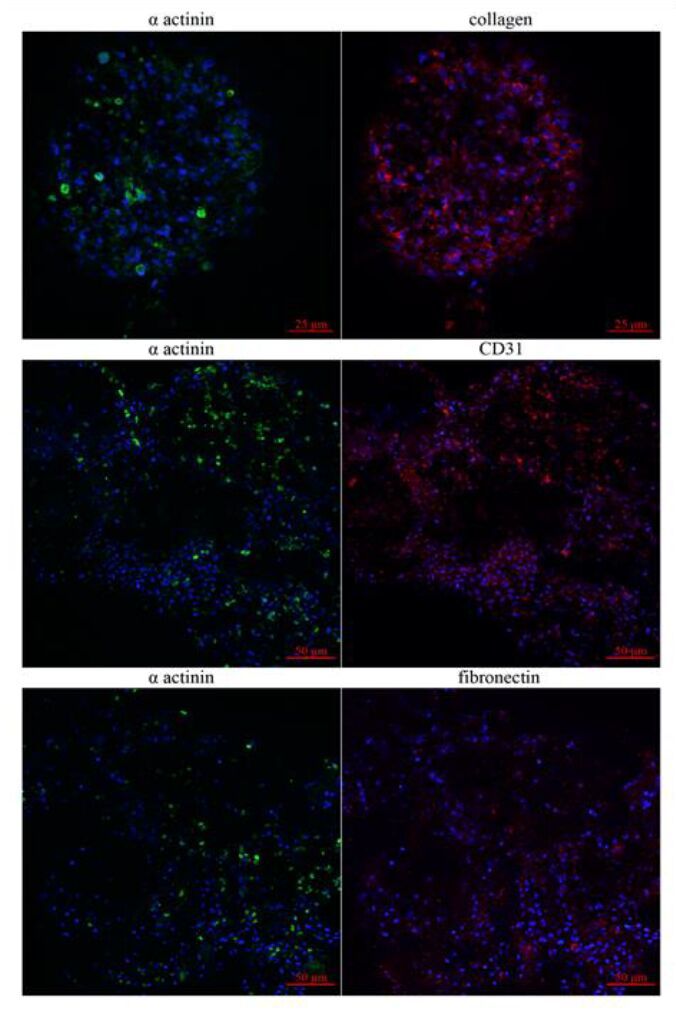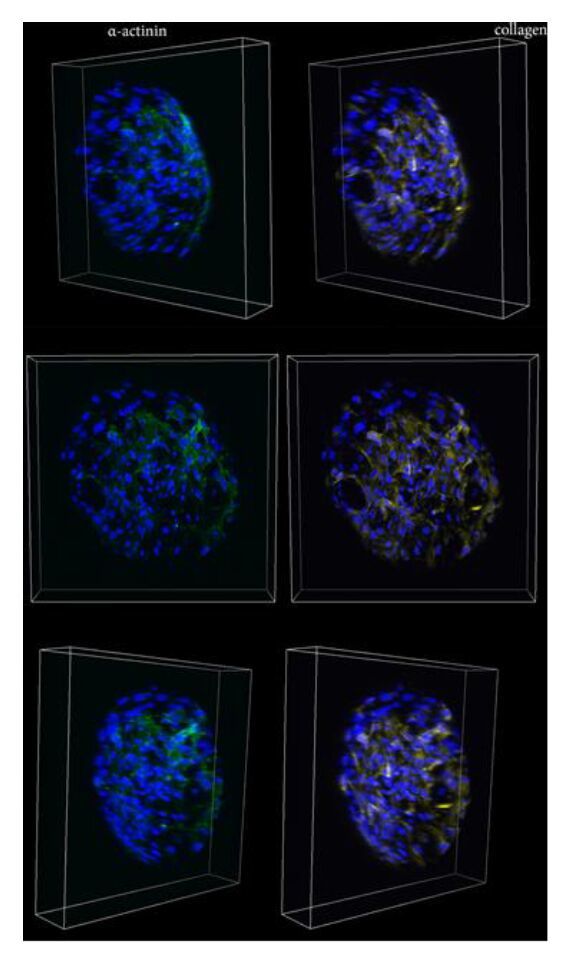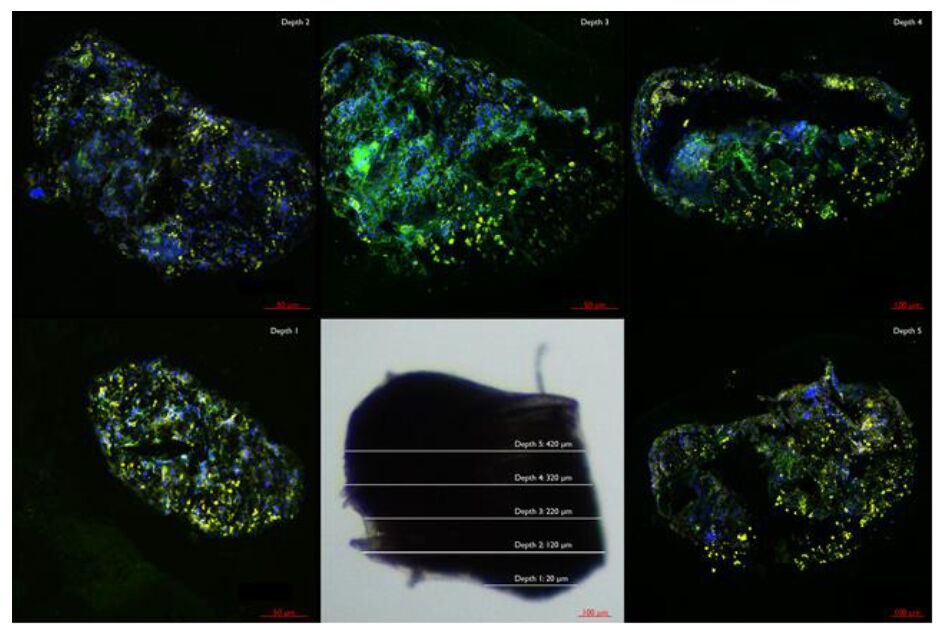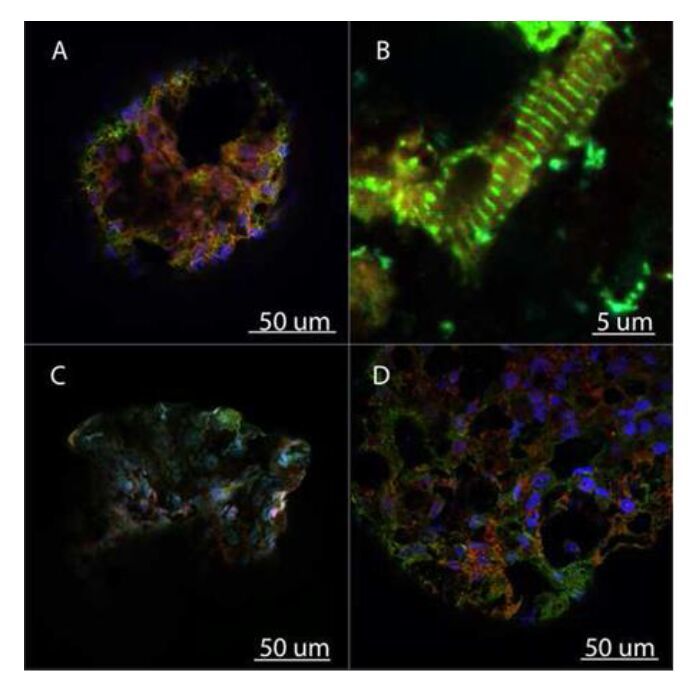Abbreviations
| Aβ: amyloid-β protein |
AD: Alzheimer's disease |
| aPLs: antiphospholipid autoantibodies |
APP: amyloid-β precursor protein |
| BBB: blood-brain barrier |
CDR: complementarity determining region |
| CNS: central nervous system |
CSF: cerebrospinal fluid |
| Ig: immunoglobulin |
FcRn: neonatal fragment crystallizable region (of Ig) receptor |
| MAPτ: microtubule-associated protein τ |
MCI: mild cognitive impairment |
| PD: Parkinson's disease |
R-RAA: redox-reactive autoantibody |
1. Introduction
The diagnosis "Alzheimer's disease" originally described a hereditary form of early onset dementia [1] with a characteristic, postmortem, histopathological correlate in the central nervous tissue of neurofibrillary tangles, amyloid plaques and neuron loss. Nowadays, "Alzheimer's disease" includes conditions hitherto known as "senile dementia" because of the similar histopathology showing shrinkage of cerebral cortex and hippocampus, enlarged ventricles and amyloid deposits [2]. Diagnostic criteria of disease are regularly reviewed to provide clinical guidelines [3]. Alzheimer's disease (AD) is a chronic fatal neurodegenerative disorder whose prevalence is on the rise. The most recent estimate is that there are 47 million AD patients in the world [4]. The impact on society is significant, not only financially in terms of health care and other provisions, but also with regard to the sustainability of intergenerational relationships when cognitive loss impoverishes traditions and community cohesions. Current treatment targets levels of neurotransmitters and slows progression of disease [5]. The diagnosis of AD is verified postmortem on identification of neurofibrillary tangles formed by τ protein and senile plaques formed by aggregated amyloid-β protein (Aβ). There is a need for an accurate and easy method to establish the diagnosis of AD early.
Biomarkers (ie measures which reflect activity of disease) have been identified for AD, such as reduced levels of cellular protein Aβ, increased levels of normally intracellular total τ protein and its phosphorylated form p-τ, which are measurable in cerebrospinal fluid (CSF) [6]. A blood test, however, has not yet been developed that shows comparable sensitivity and specificity for the probable diagnosis of AD.
Autoantibodies are normally present at low titers. Their pathogenic involvement is strongly suggested when titers increase during chronic inflammatory disease with organ damage. D'Andrea (2003) showed greater reactivity of neuron death in brain parenchyma with neuronal-specific anti-immunoglobulin (Ig) antibodies and a breach in blood brain barrier (BBB) that had occurred in AD patients [7]. Through leakage of plasma proteins or upregulation in inherent production of complement components, the classical complement pathway may be engaged in the brains of AD patients, sustaining inflammation and activation of microglia. This may lead to enhanced antigen presentation and processing of potential autoantigens [8]. Contrasting with other biomarkers made evident by AD damage, the change of autoantibody amounts may precede the damage to patients' cognition. Therefore, this review pursues the hypothesis that circulating autoantibodies in AD relate to disease and may have the potential to be a biomarker for early stage AD diagnosis.
2. Autoantibodies and Blood-Brain Barrier
AD entails nervous lesions in brain. This means that the disease-related molecules are located in the central nervous system (CNS) and/or CSF, escaping easy detection. Autoantibodies can build the bridge from internal brain molecules to blood by crossing the BBB. Normally, the BBB secures an environment specific to the CNS, which is suspended in CSF, an ultrafiltrate of plasma produced by the choroid plexus located in some of the brain ventricles. Although autoantibodies can enter CSF temporarily, they are normally shuttled out via the neonatal Fc Receptor (FcRn) [9]. Once its capacity is exceeded, however, presence of significant autoantibody levels against τ protein and heavy neurofilament may be detected in CSF from AD patients [10]. Ageing can induce breakdown of BBB with a predilection for the hippocampus, leading to early stage AD or mild cognitive impairment (MCI) [11]. Most cerebropathy-related autoantibodies are transported by blood circulation other than the immigration of effector B cells [12]. So, the concentration of autoantibody in blood is relative to the AD-associated damage in brain. This discovery can be seen as the theoretical basis of blood-based autoantibody biomarker detection.
3. Autoantibodies Related to AD
The complementarity determining regions (CDR) of IgG may bind to AD pathology-related molecules, neurotransmitters and receptors, glial markers, phospholipids and so on. Those autoantibodies recognizing Aβ protein and τ protein seem to be more specific and reliable than other autoantibodies because these molecules can link to AD directly and apparently change pre-symptomatically. The roles that autoantibodies play in AD are different, even totally opposite from one to another. Some of them cause damage of the normal tissue or amplify the damages in AD patients' brain similar to autoimmune disease, based on the colocalization of antibody reactivity with neuronal death [7]; others recognize abnormal host molecules and may try to eliminate them as a kind of defense from a severe AD, as seen from Aβ clearance by FcRn mediated transcytosis, which increases with age, across the BBB [13]. This means that the increase and decrease of the autoantibody can be quite different with regard to the functional impacts.
4. Autoantibodies Recognizing AD Pathology-Specific Molecules
4.1. Anti-Aβ autoantibody
Aβs originate from a transmembrane protein amyloid-β precursor protein (APP). APPs are ubiquitous in health with unknown function. Aβs also have a wide range of isoforms, but Aβ40 and Aβ42 (where 40 and 42 indicate the numbers of amino acid residues) are the most prevalent in the human body. The abnormally high production and accumulation of Aβs, especially Aβ42, in amyloid neurotic plaques and cerebral vessels in brain are most likely to be the pathogenic pathway accompanying AD. Aβ accumulation is capable of inducing inflammation of glial cells [14] and can block synaptic transmission inside CNS [15]. Aβ itself is not a useful biomarker in the diagnosis of AD. The main problem for that is the multitudinous states of Aβ, such as monomer Aβ, oligomer and polymer Aβ accumulation [16], protein complex bound Aβ [17], and of immune complex formation with autoantibody [18]. These states of Aβ not only have different molecular weights and different biochemical features, but also mutually transform continuously in the early stage of AD, so no single current quantitative biological technique can gauge the exact gross amount of Aβ.
Comparing with Aβ, Anti-Aβ autoantibodies only have two states: bound and unbound. As mentioned, anti-Aβ autoantibodies can be detected in blood samples. The quantitative change of anti-Aβ autoantibodies has been debated for a long time. Some studies suggested that the anti-Aβ autoantibodies in AD patients are higher than the healthy controls [19,20], while other scientists hold the statement that anti-Aβ autoantibodies decrease in AD sufferers [21]. The sample sizes in these studies were rather small. Moreover, Li et al. (2007) proved that employing low pH agent to dissociate the autoantibody overestimates levels [22]. Gustaw-Rothenberg et al. (2010) have investigated a large, age matched controlled, sample set randomly selected from over two million inhabitants from the Lublin Region in Poland [23]. In the first year of diagnosis of AD, the number of autoantibodies, especially the non-dissociated type, increased dramatically. But after the first year of AD progression, this number dropped gradually below normal. This result showed that anti-Aβ autoantibodies have the potential to be utilized as a biomarker for the early stage AD or MCI. It can be explained that the autoantibodies can only bind to the oligo-Aβ other than mono-Aβ or Aβ accumulation deposit. Aβ engages in a variety of multiple complexes in the CSF of AD patients' brain, resulting in the significant decrease of the concentration of mono-Aβs [17,24]. Gruden et al. (2007) suggested the level of anti-Aβ autoantibody is down-regulated by a fall of oligo-Aβ forms which have accumulated into polymer-Aβ accumulation or are bound with antibody [25]. Because of the ability of FcRn to transport Aβ immune complexes from brain to blood, anti Aβ antibodies may function as a peripheral sink [26] and detection of anti-Aβ autoantibody will not mirror these complex dynamics of the disease process.
4.2. Anti-τ autoantibody
T protein is the cleavage product of microtubule-associated protein τ (MAPτ), a part of the microtubular cytoskeleton in CNS. Topical in the studies of neurological diseases such as AD and Parkinson's disease (PD), it is suspected as another important AD pathology-associated molecule with a different pathomechanism from Aβ. The τ protein has many potential phosphorylation sites, if these sites are hyperphosphorylated during inflammation in CSF and brain in AD patients, this abnormal structure results in the self-assembly of tangles of paired helical filaments and straight filaments which lead to neuronal damage [27].
The studies of anti-τ antibodies are not as numerous as those of anti-Aβ. Anti-τ antibodies were shown to increase in AD patients [28]. Interestingly, in contrast to the AD patients, the anti-τ antibodies in other kinds of dementia patients decrease substantially [10]. Hromadkova et al. (2015) showed that there are anti-τ reactive antibodies present in pooled fractions of IgG from thousands of healthy donors [29]. A subsequent study screened various types of serum autoantibodies by τ deposits in vitro, and found that the selected anti-τ antibodies recognized τ tangles and threads and inhibited τ aggregation [30]. With such evidence, anti-τ antibodies may play a defensive role in AD.
5. Autoantibodies Recognizing AD Pathology-Related Molecules
5.1. Anti-S100b autoantibody biomarker
S100b is a glial marker. S100bs are secreted by a particular astrocyte ensheathing vessels and by NG2 (Neuron-glial antigen 2)-expressing cells, which may be oligodendrocyte precursors [31]. As an astrocyte-derived cytokine, the alteration of S100b can be used as a biomarker for several kinds of dementias involving astrocyte activation [32]. As astrocyte foot processes form part of the physical BBB, any disturbance of astrocyte viability compromises the BBB.
The role S100b plays in AD remains a puzzle. In a mouse model, overexpression of S100b (which may be induced by interleukin-1 [33]) correlated with synthesis of neuritic plaques [34]. Another report pointed out S100b is essential in keeping the permeability of BBB in wildtype mice and that S100b knock out mice showed dysfunction of endothelial cells [35]. On the other hand, the amount change of anti-S100b autoantibodies in AD patients can agree with each other. Studies show the anti-S100b antibodies increase in MCI phase and decrease in severe AD phase, as described for anti-Aβ autoantibodies [36]. Gruden et al. (2007) examined four kinds of autoantibodies which target at Aβ, S100b and two kinds of neurotransmitters in the same sample [25]. The increase and decrease of anti-Aβ and anti-S100b autoantibodies were synchronistic. This result implied that at least S100b and Aβ have some notable or potential relation to each other.
5.2. Antiphospholipid autoantibody
Among the antiphospholipid autoantibodies (aPLs), there is a recently characterised family called redox-reactive autoantibodies (R-RAAs) which holds promise to be a biomarker for AD diagnosis [37,38]. R-RAAs recognize specifically self-antigens subsequent to redox reactions, in other words, they are sensitive to reaction endproducts after exposure to transitional metals (manganese or iron) in CSF, blood or other internal environment [39]. Therefore, it is easy to separate R-RAAs from other natural and hidden autoantibodies by immunoassay [40]. In fact, the key symptom of AD is the neurodegenerative disorder. Neurons, particularly sensitive to oxidative stress, are vulnerable to undergo apoptosis or necrosis [41]. Neuritic plaques induce an abundant metal redox agent environment in CSF [42]. Moreover, the tyrosine residues in the CDRs of unmasking redox autoantibodies are nitrosylated at the same time of neurotic plaque formation [38]. In immunoassay examination of CSF, R-RAAs are significantly decreased in autopsy-confirmed AD patients compared to healthy controls [43]. R-RAAs appear to be a reverse biomarker that decreases substantially with the increase in severity of AD, so, conversely, they may be very useful to diagnose AD in the early stage. Recently, a study was set up to compare the amount of R-RAAs among age matched groups of healthy controls, patients with MCI and AD [44]. Interestingly, like other autoantibodies mentioned before, the result showed that the amount of R-RAAs rose in MCI patients and dropped in the severe AD patients relative to the controls. This rise may relate to the hemin (iron containing porphyrin) recruitment in the early stage of AD. Then, with the development of disease, these autoantibodies will lose the hemin environment and their titre decreases. Like anti-τ proteins, R-RAA are reported to decrease in the other dementia patients [45].
6. Discussion and Conclusion
A good biomarker should have 3 key features: high specificity (to exclude those not diseased), high sensitivity (to diagnose the diseased) and be convenient to analyze. Although most autoantibody biomarkers can be detected in blood-based samples, which is cheaper and easier than obtaining a CSF sample, it is not advisable to depend on only one specific kind of autoantibody as a biomarker for AD diagnosis. There are two reasons for that: for the autoantibodies whose targets are not pathology-specific molecules, their targets are usually not unique in AD but also can be found in other cerebropathy or neuropathy; even if the autoantibodies against Aβ or autoantibodies against τ, their concentrations change over a large range over time intervals in one patient or vary considerably between patients in a group. To solve this problem, the diagnosis can set multiple biomarkers as combination detection, or additional clinical diagnostics to improve the sensitivity and specificity. This, in principle, is being pursued when combining the measurement of CSF biomarkers with diagnostic imaging [46,47].
From the elaborations made so far, anti-Aβ, anti-S100b and anti-phospholipid autoantibodies are of interest for early stage AD diagnosis, as they have an interesting rise in the stage of MIC (Table 1).
Table 1. Summative comparison of the autoantibodies of relevance to AD discussed in this review.
| Name of auto-antibody |
Function to AD |
Quantitative change in stage of MCI |
Quantitative change in advanced stage of AD |
Exclusion from other causes of dementia |
| Anti-Aβ |
Neutral |
Increase |
Decrease |
Yes |
| Anti-τ |
Negative |
Unknown |
Increase |
Yes |
| Anti-S100b |
Unknown |
Increase |
Decrease |
Unknown |
| Anti-phospholipid |
Unknown |
Increase |
Decrease |
No |
Presently there are two schools of thought, i. to pursue the identification of AD specific autoantibodies using protein microarray or phage display technology with a view to derive pathomechanistic understanding and candidates for therapeutic targeting [48,49], ii. to focus on the discovery of disease phase characteristic antibodies in AD, in clear distinction of healthy controls, using synthetic peptoid libraries, where the natural ligand remains unknown [50].
While the former aids in the appreciation of dynamics in AD related autoantibody levels (MCI vs severe stage), the latter approach seems of particular promise in order to further diagnosis in the early symptomatic, MCI, phase of AD, thereby allowing timeliness of adjustments and interventions [51], irrespective of exact pathomechanistic understanding.
Acknowledgments
The first author is recipient of the President's Postgraduate Scholarship Scheme at the University of Leicester.
Conflict of Interest
The authors have no conflict of interest to declare.









 DownLoad:
DownLoad: 
